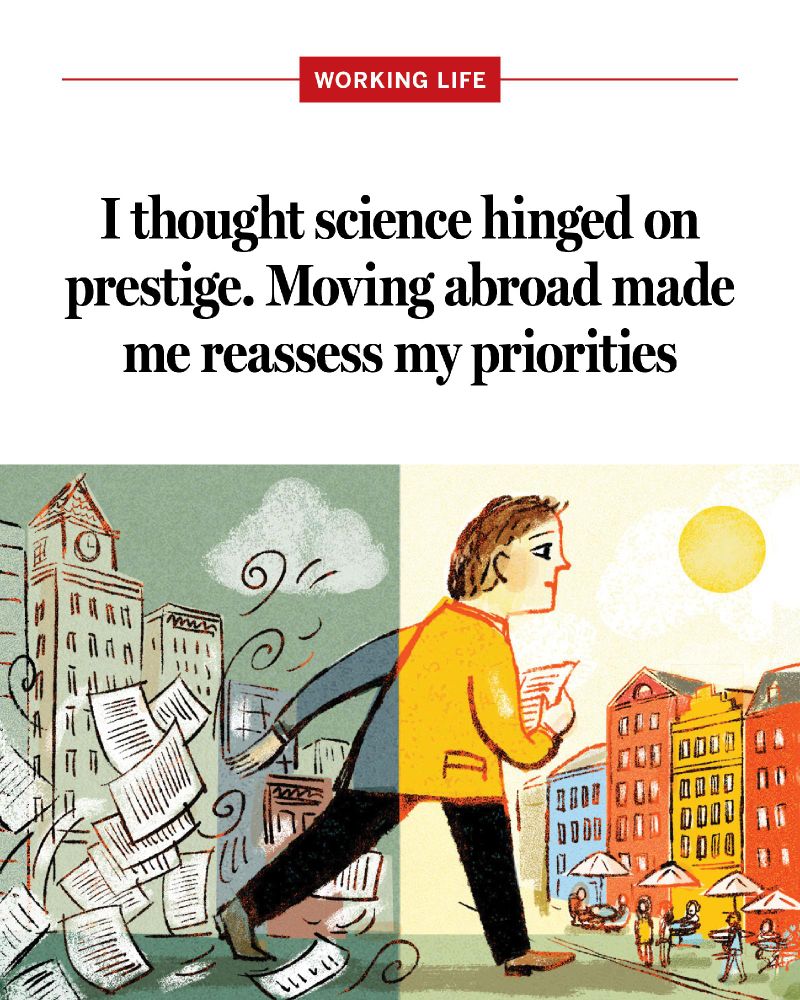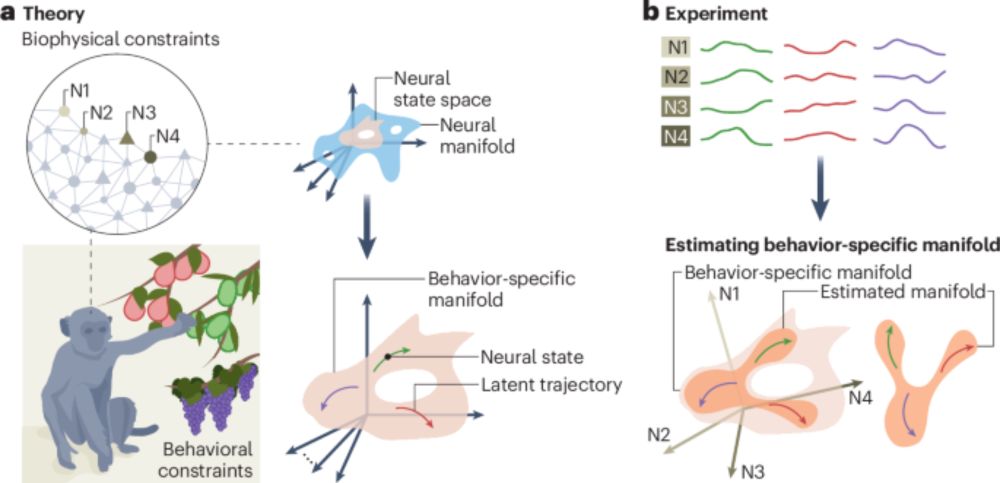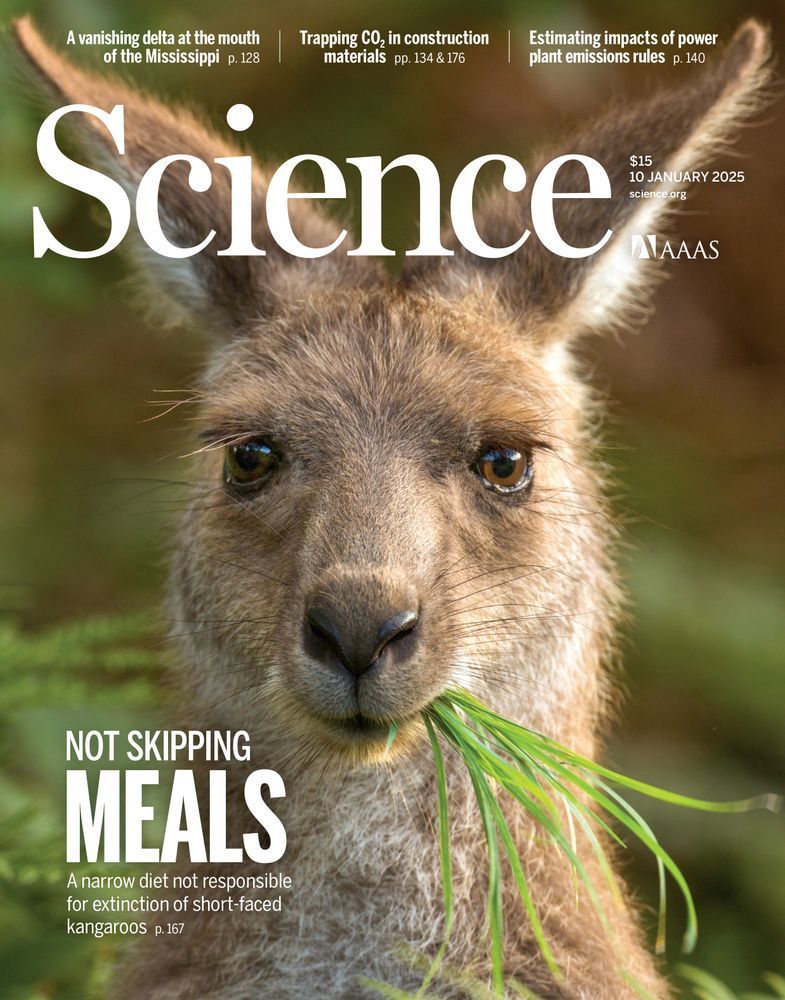
Hi 👋 I'm a PhD Student @mpicybernetics.bsky.social and @unituebingen.bsky.social 🇩🇪
📍Andreas Nieder's group
brain 🧠 | numerical cognition 🔢 | monkeys 🐒
Reposted by Smith, Andreas Nieder

www.nature.com/articles/d41...


Two inspiring days full of groundbreaking talks and great discussions about systems #neuroscience! 🧠
A huge thank you to all our speakers, presenters, and participants for making #SNS2025 such a success 🙌
See you next year in Tübingen! 💙
📸 Highlights below!

Reposted by Andreas Nieder

Two inspiring days full of groundbreaking talks and great discussions about systems #neuroscience! 🧠
A huge thank you to all our speakers, presenters, and participants for making #SNS2025 such a success 🙌
See you next year in Tübingen! 💙
📸 Highlights below!
Reposted by Andreas Nieder

Reposted by Andreas Nieder

This is such a loss everyone and everything on this earth. abcnews.go.com/Internationa...
Reposted by Andreas Nieder

youtu.be/M35KDgqJI4w?...

www.cell.com/current-biol...

Reposted by Marianne Hundt, Andreas Nieder, Valeria Mazza

www.cell.com/current-biol...
Reposted by Andreas Nieder

Reposted by Andreas Nieder

youtu.be/M35KDgqJI4w?...
Reposted by Andreas Nieder

Together with @milliejohnston.bsky.social, our paper on time estimation in #crows got published in @natcomms.nature.com today!
We found crow neurons track time like a stopwatch — without a cortex! 🐦⏱️🧠
#SciComm #Science 🧪
www.nature.com/articles/s41...
Reposted by Andreas Nieder

See our lab for detailed thread at @vision-cognition.bsky.social
New York Times piece about it:
www.nytimes.com/2025/09/08/s...
Reposted by Andreas Nieder

Reposted by Andreas Nieder

Reposted by Andreas Nieder

go.nature.com/47mxGkM
Reposted by Geraint Rees, Andreas Nieder, Samuele Ramellini

The clever trick sheds unwanted weight without compromising too much on cognition.
Find the 5-letter word 👇
Study by @cecibaldoni.bsky.social Dechmann Lab #shrewcrew et al
www.ab.mpg.de/743885/news_...
Reposted by Yakov Kuzyakov, Iain Davidson, Andreas Nieder
Reposted by Andreas Nieder

go.nature.com/4mXMkTX
Reposted by Jean‐Frédéric Morin, Andreas Nieder

Reposted by Iain Davidson, Björn Heile, Andreas Nieder
Reposted by Jennifer Bussell, Andreas Nieder, Alessandro Gozzi

🔗: www.nature.com/articles/s41...
📄: rdcu.be/ex8hW
Reposted by Andreas Nieder
Tübingen Systems Neuroscience Symposium #SNS2025 will happen on 6️⃣-7️⃣ October! 🎉
Plenary lectures, poster sessions and social events with leading experts in the field 🧠
registration 👉 meg.medizin.uni-tuebingen.de/sns_2025
See you there! 👋
Reposted by Andreas Nieder
Reposted by Matthew J. Silk, Andreas Nieder

Learn about our global community & database centralizing standardized affiliative & agonistic data from 61 populations across 14 macaque species: doi/10.1111/1365...
Explore >600 networks & request data: macaquenet.github.io/database/
Reposted by Andreas Nieder

In crows (which are songbirds!), we show that the song system is paralleled by the 'general motor system' (cf. Feenders, 2008; Farries, 2001).
onlinelibrary.wiley.com/doi/full/10....
Reposted by Andreas Nieder

Using a tooth microwear approach, researchers in Science find that a narrow diet was not responsible for the extinction of short-faced kangaroos.
Learn more in this week's issue: https://scim.ag/4aiqdCQ



